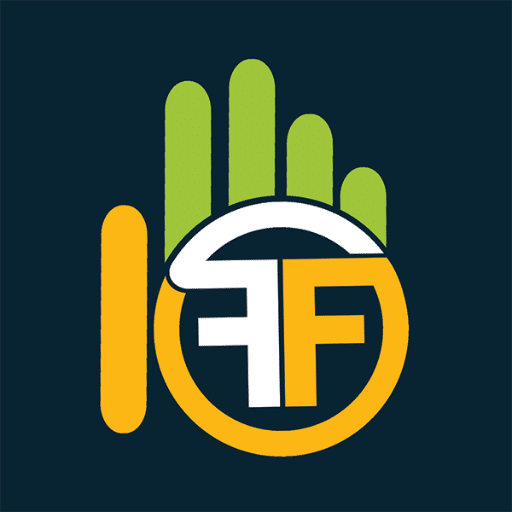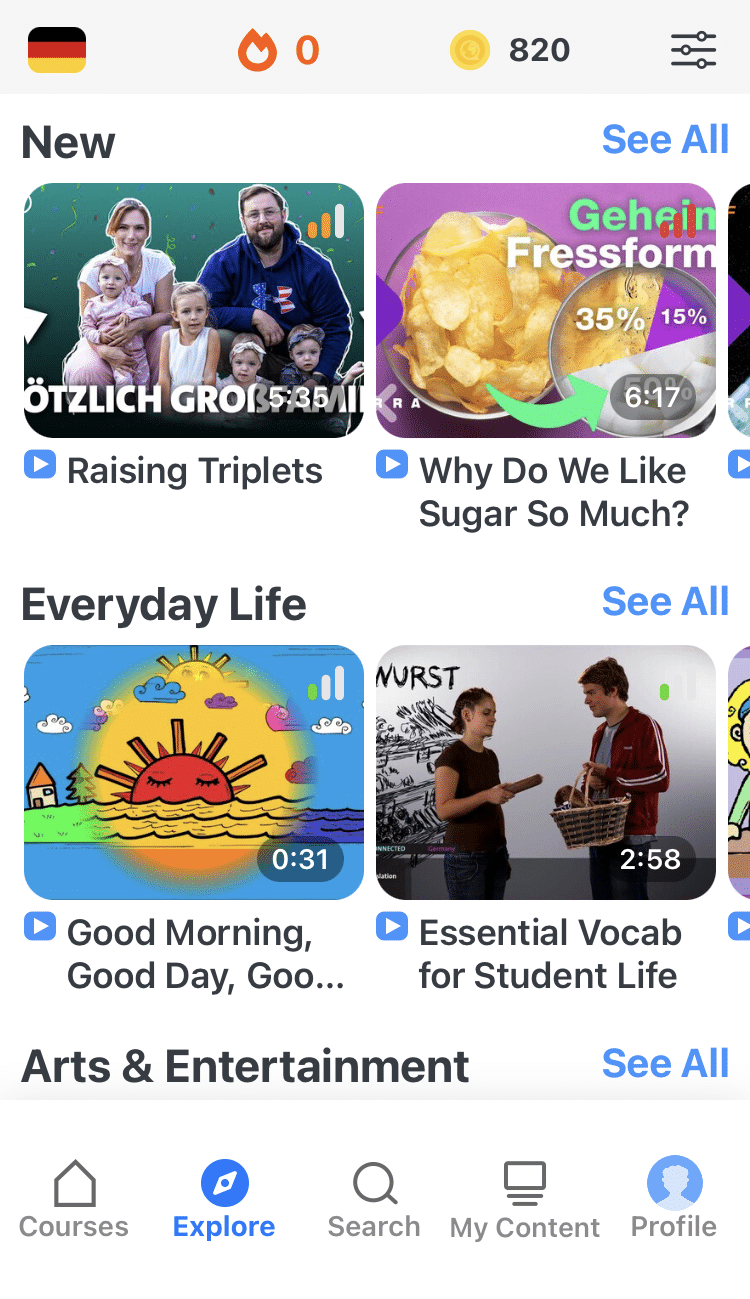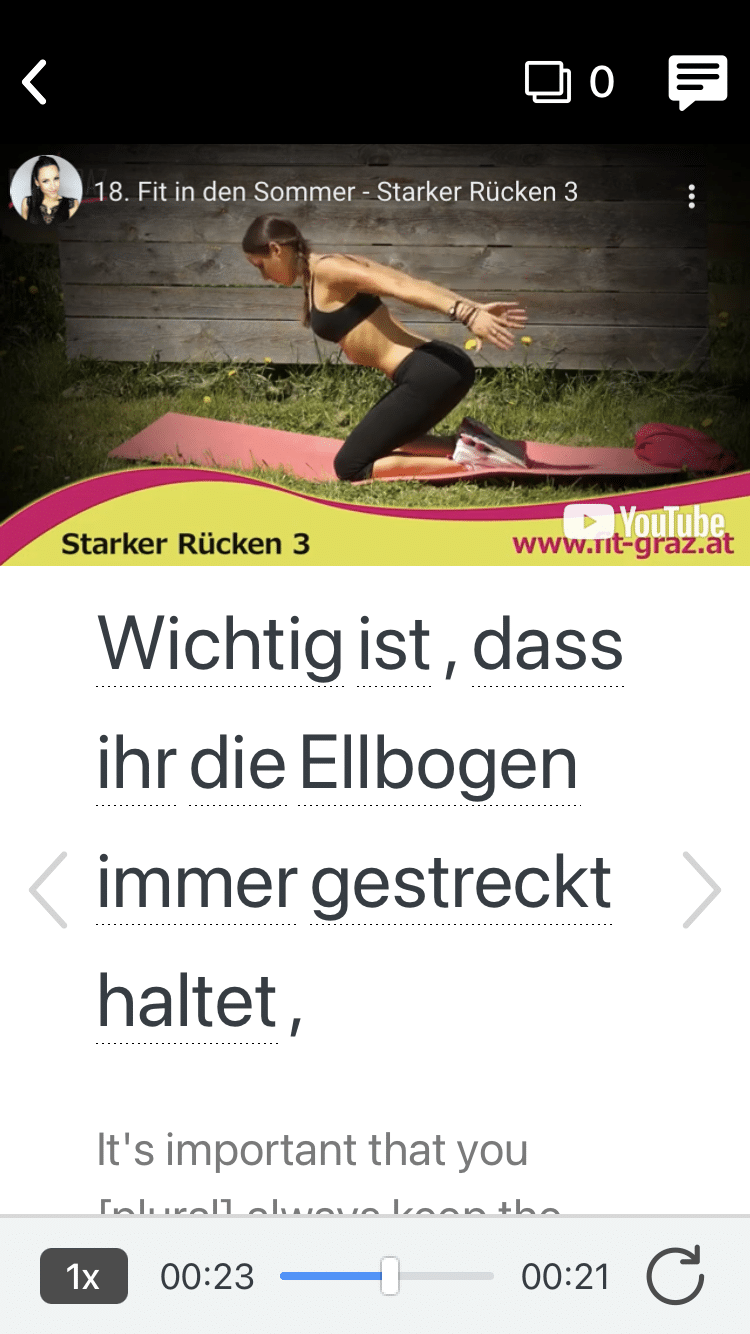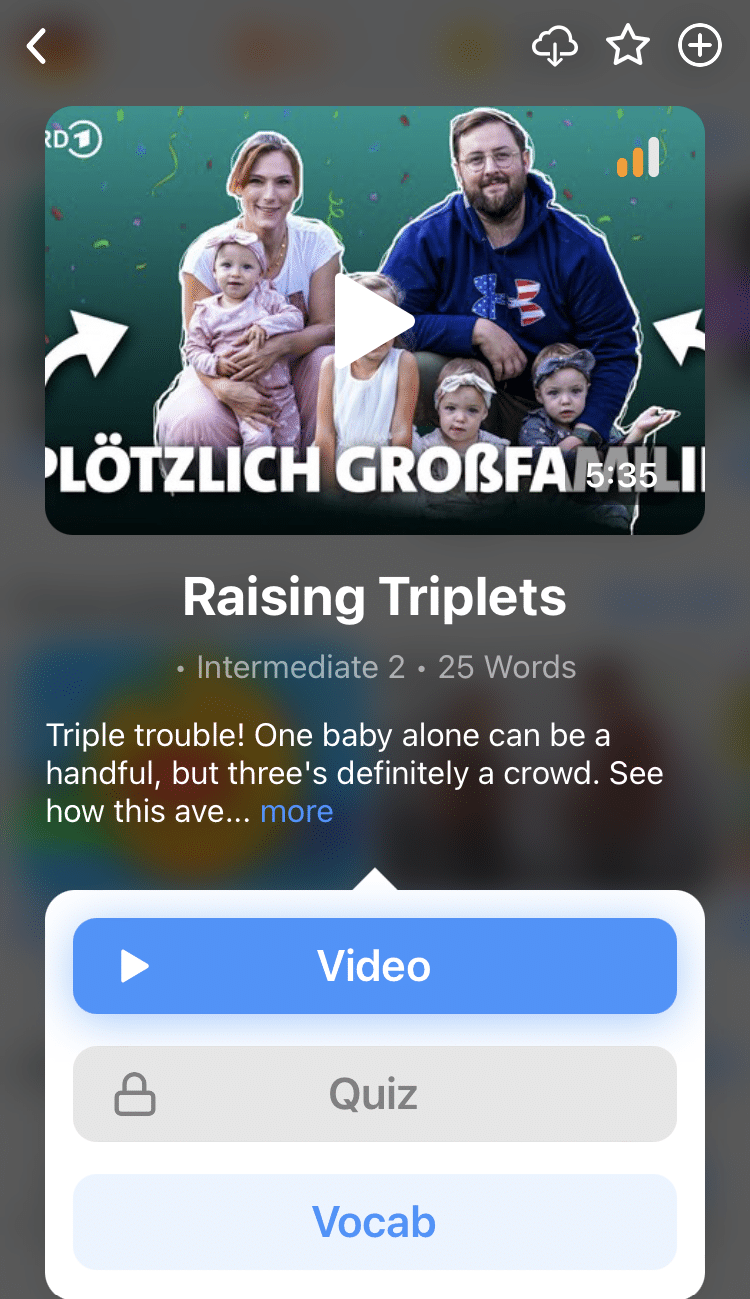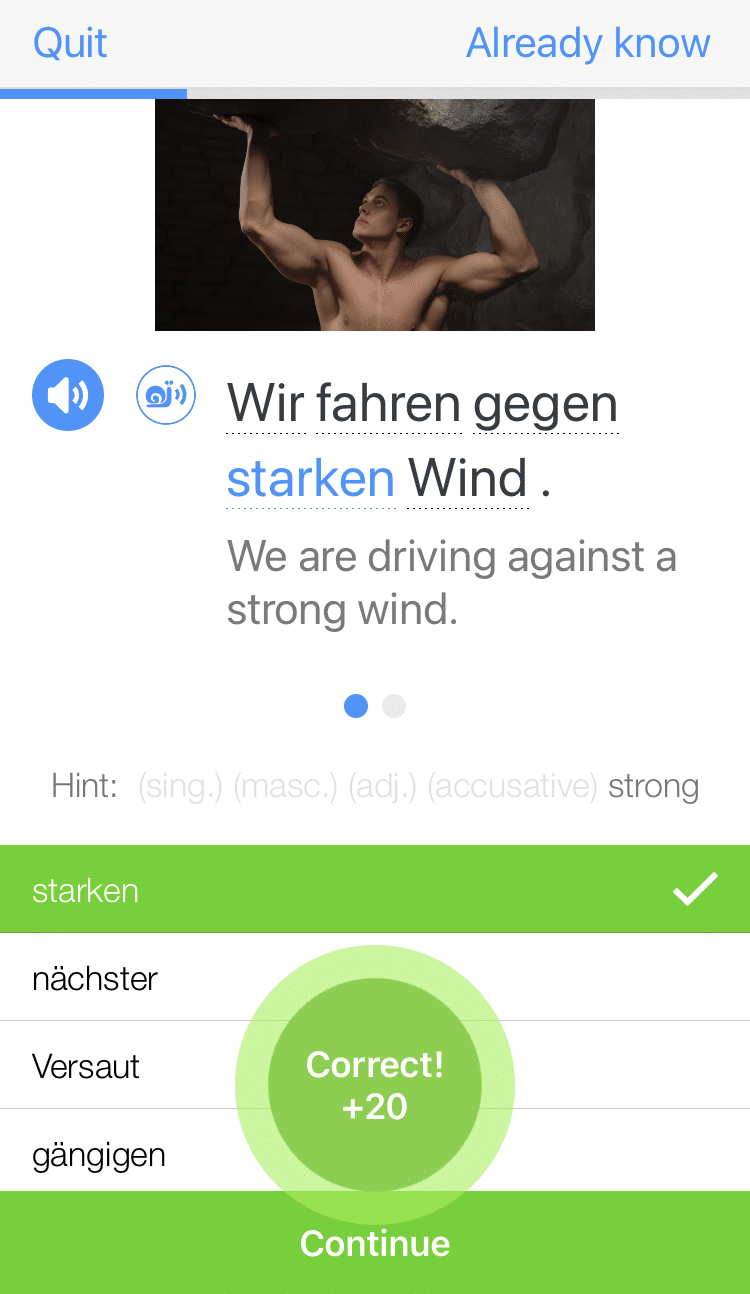
How to Type German Letters (With Practice Resources)
If your fingers’ muscle memory is trained in English or another language, getting used to typing German letters is always a bit of a rocky process.
In this post, I’ll talk about exactly what those secret German letters are that don’t appear in the English language and how to type German letters on your computer or mobile device. I’ll also give you some fun practice resources to train your fingers in German typing.
Contents
- PC and Mac Shortcuts for Special German Characters
- How to Type German Special Characters on a Mobile Device
- Online Games to Practice Typing in German
- Why Focus on Learning German Typing?
- And One More Thing...
Download: This blog post is available as a convenient and portable PDF that you can take anywhere. Click here to get a copy. (Download)
PC and Mac Shortcuts for Special German Characters
As you might imagine, the German special characters we’re going to introduce in this section don’t have squares on your keyboard. You have to use special shortcuts to bring them up.
Sure, you could always just copy and paste each German letter from this handy resource to wherever you’re typing. But that won’t make you any faster of a German typer, and it’ll interrupt your train of thought while you’re trying to write and think in German like a natural.
In the examples below, we’ll be using the + sign to indicate that two keystrokes go together—not that you should actually press “+” on your keyboard.
How to type the esszett
The esszett is the “B”-with-a-tail character that throws off a lot of first-year German learners. If you want to type the esszett (sometimes spelled eszett), which looks like “β,” use the following keystrokes:
Alt + 0223 (for PC)
Option + s (for Mac)
How to type the umlaut
You’ve seen the umlaut before! It’s that pair of dots that go on top of some vowels in German: ä, ö, ü.
To type an umlaut over a vowel on a Mac, follow this formula:
Option + u, then release Option and press the vowel you want
For a capital letter with an umlaut, press Shift after releasing Option
On a PC, use these keystrokes. Note the different keystrokes for capital versus lowercase:
ä: Alt 0228
ö: Alt 0246
ü: Alt 0252
Ä: Alt 0196
Ö: Alt 0214
Ü: Alt 0220
Knowing how to type an esszett or an “a,” “o” or “u” with an umlaut is a great foundation, because you’ll find that as you type more and more German special characters, you may end up memorizing the keystrokes above.
How to put your keyboard in German-mode
Sick of shortcuts? If you want to type like the Germans really do, while immersing yourself in a little bit of daily German life, why not put your keyboard in German-mode?
The German keyboard (called QWERTZ instead of QWERTY) has designated keys for ß, Ä, Ö and Ü.
On a Mac, you can change your keyboard layout by going to System Preferences, Keyboard and then Input Sources. Click the plus symbol in the lower left hand corner and choose German from the menu.
Here are further instructions to get a QWERTZ keyboard for Windows.
How to Type German Special Characters on a Mobile Device
You can type these special German letters on your phone too! All you need to do is add a German keyboard on your Android or iOS device—this guide from LearnOutLive walks through the process. Unlike on a PC or Mac, these are generally easy to toggle back-and-forth with your native-language keyboard.
You can also download a note-taking application and create a single document with all the German special characters listed there. That way, you can reference the characters anytime you need to, and they’re available for you to copy and paste no matter what application you’re using.
If you ever find yourself in a situation where you can’t access a German keyboard or your notes, you can also use shorthand forms of the esszett and umlaut:
- For the esszett, simply use “ss” in place of β.
- Use an “e” after a character for the umlaut shorthand: ä becomes ae.
You might also see these in some older texts, so if you come across a German word you think is spelled wrong because they used a shorthand form, it’s most likely because they didn’t have access to a German keyboard.
Keep these handy tips in mind as you’re texting and emailing your friends in German. After all, practice makes perfect, but friends make for more fun!
Online Games to Practice Typing in German
Online typing games can increase your typing speed in German and even your ability to pronounce German words.
If the game allows you to enable sound, do so to hear the word as you type. That way, your brain will hear the word, see the word and then associate that word with a specific muscle memory. In case the game doesn’t say the word aloud for you, say the word out loud yourself!
Another great way to capitalize on these typing games is to write down the words you see that you don’t know the meaning of. You can add these words to your vocabulary list to practice. Each typing game below is a great way to practice your language skills, but stay tuned for other ideas on how to practice your German typing, too.
To practice typing while improving your listening skills too and vocabulary, you can also do the exercises on FluentU.
FluentU takes authentic videos—like music videos, movie trailers, news and inspiring talks—and turns them into personalized language learning lessons.
You can try FluentU for free for 2 weeks. Check out the website or download the iOS app or Android app.
P.S. Click here to take advantage of our current sale! (Expires at the end of this month.)
Here’s a list of typing games that’ll get you comfortable with typing in German:
Key Hero
Key Hero allows you to practice typing passages, rather than simple words listed on a page. This is great for learning word order, grammar and many of the German language quirks that come along with written works.
The source of each passage is given above what you type, so if you end up liking what you wrote, you can check out the book it came from. In case you don’t like the passage, simply hit Escape to skip it.
Typists can see their real-time speed and accuracy as they type. Each passage is also read aloud, so make sure you turn that volume up and even mouth the words as you type along.
Glossika
You might know Glossika as a language tool for speaking and listening. It’s true, that’s its main function. But recently the developers have added typing exercises that make it an even more complete package.
Once you register for a Glossika account, you can choose from four different exercises in addition to the main German speaking and listening portion.
Try out Dictation, where you hear a sentence from a native speaker and must type it in full. The Typing exercise has you copy a sentence directly or from the IPA pronunciation characters. Make sure you get those umlauts right.
Fortunately, there’s immediate feedback once you type your answer.
10FastFingers
This is an extremely popular site for people learning to type in tons of different languages.
Not only does it give you immediate feedback on where you went wrong, but you can also customize the typing test in several different ways. Add your own texts to practice with, randomize the word list or play with the time limit to your heart’s content.
Try competing against others in a typing race, or work your way through the 1,000 most common words in German—hit 50 words per minute to unlock new levels!
Schreibtrainer-Online
Here’s an alternative to 10fastfingers if you want to try a new format. This is one of the most popular websites used by Germans to practice their typing skills.
You can choose to view the QWERTZ keyboard layout as you type, but you’ll still need to make sure your own keyboard is operating in QWERTZ mode from your device’s settings.
Timed Typing
If you’re looking for an easy, low-tech way to practice typing, simply set a countdown timer and start typing in German! You can type out passages from your favorite German book, or free write about whatever’s on your mind. After the timer goes off, look for typos and other mistakes.
Why Focus on Learning German Typing?
You might think it odd to learn not only the secret German letters, but how to type them as well. However, technology is an integral part of our lives, so you’ll inevitably need to type out these special German characters.
Maybe it’s an essay for school, a cover letter for a German job application, a pen pal letter or even just some writing you’re doing for yourself. But no matter what you need to type, knowing the keystrokes for each letter is an important step towards true German mastery—and will make your life that much easier.
German typing is also a great way to practice spelling. If you don’t know how to spell a certain German word, that’ll become abundantly clear when you try to type it! The more typing practice you get, the more German words and spelling patterns will get drilled into your memory.
The hard part about typing in another language is that your words-per-minute rating is sure to drop. When you have to not only memorize new words, but also new spelling rules, you tend to slow down a bit. Your brain has to make new pathways, so it’s only natural. So go easy on yourself and know that, with practice, your fingers will soon be flying across the keyboard.
Your typing skills are about to soar, along with your vocabulary and spelling. So get typing!
Download: This blog post is available as a convenient and portable PDF that you can take anywhere. Click here to get a copy. (Download)
And One More Thing...
Want to know the key to learning German effectively?
It's using the right content and tools, like FluentU has to offer! Browse hundreds of videos, take endless quizzes and master the German language faster than you've ever imagine!
Watching a fun video, but having trouble understanding it? FluentU brings native videos within reach with interactive subtitles.
You can tap on any word to look it up instantly. Every definition has examples that have been written to help you understand how the word is used. If you see an interesting word you don't know, you can add it to a vocabulary list.
And FluentU isn't just for watching videos. It's a complete platform for learning. It's designed to effectively teach you all the vocabulary from any video. Swipe left or right to see more examples of the word you're on.
The best part is that FluentU keeps track of the vocabulary that you're learning, and gives you extra practice with difficult words. It'll even remind you when it’s time to review what you’ve learned.
Start using the FluentU website on your computer or tablet or, better yet, download the FluentU app from the iTunes or Google Play store. Click here to take advantage of our current sale! (Expires at the end of this month.)


